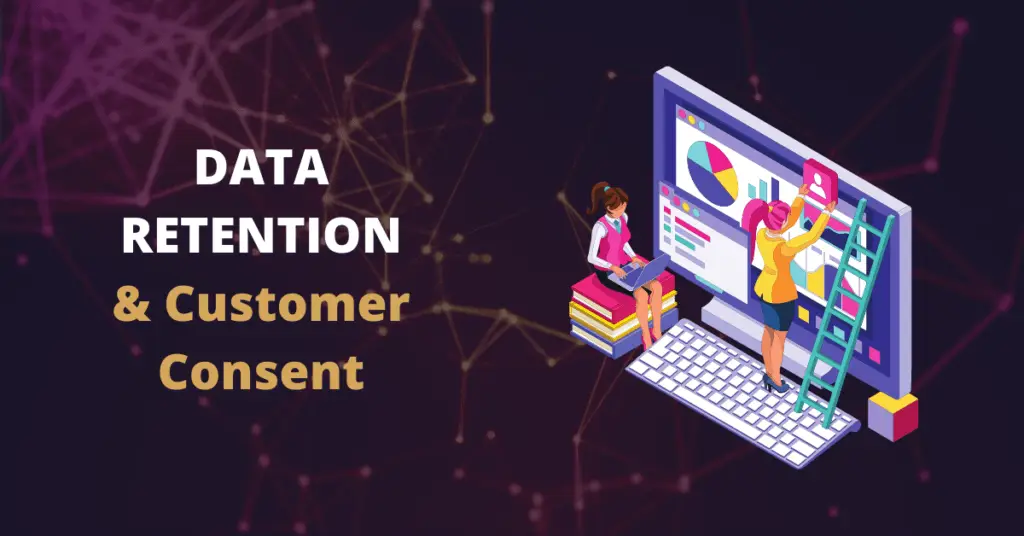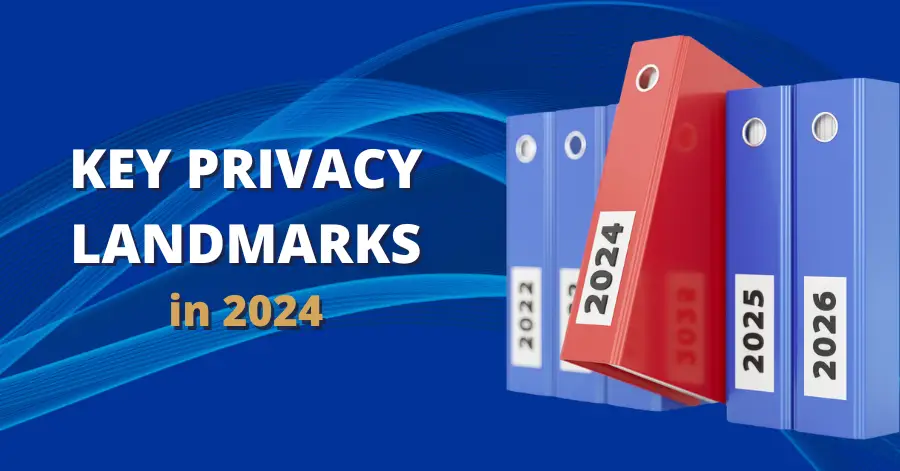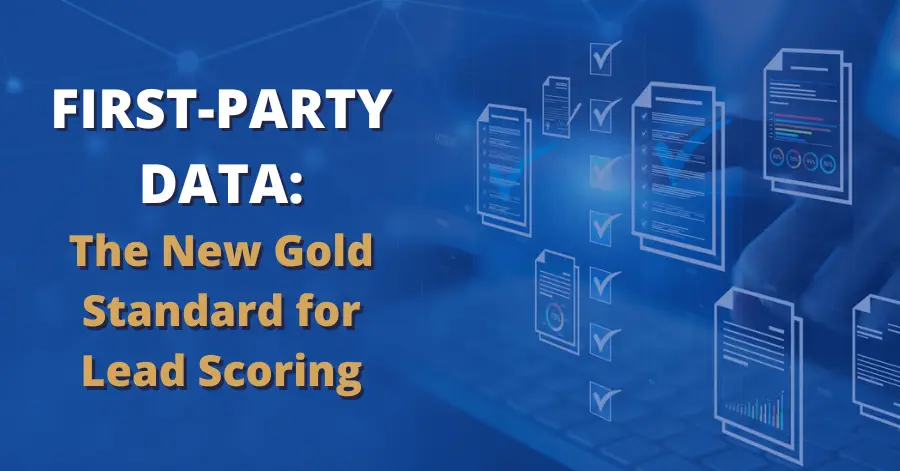Data Retention & Customer Consent


The GDPR and CPRA have set the standard for privacy regulations in the last few years, but organizations are still figuring out how to fulfill their compliance obligations effectively. One such area is the relationship between data retention and user consent.
Data retention policies should not just be focused on compliance, but they should also factor in trust. Simply because it is lawful to retain data does not mean it is in the best interest of building strong, trusted relationships with customers. This is why it is important for privacy programs to explore the relationship between user consent and data retention policy development.
Today, we will explore the complex nuances of different privacy laws, and how to align compliant data retention policies with trust strategies.
Consent & Data Retention
The GDPR states that consent does not last forever and its validity can degrade over time depending on how, when, and for what purposes the data was collected. The GDPR does not define the validity of consent in specific terms, but organizations are required to document their justifications for use and align them with timestamped consent records. The CPRA defines consent and its validity similarly to the GDPR and requires organizations to let customers know how long they are retaining each category of personal information and what basis and rationale they are using to determine the retention periods.
Organizations must ask themselves two questions:
- How long is it permissible to retain data collected with consent?
- How often should you remind customers of the data they consented to share with you?
Privacy teams must consider these factors when refining data retention policies and building customer trust. User expectations must also play a significant role in determining how long organizations retain personal data.

Trust & Data Retention
The GDPR and CPRA permit organizations to retain data for as long as it is “necessary,” but do not clearly define how and when consent remains valid. This can be complicated by different definitions and expectations between consumers and businesses of what constitutes “necessary.” Businesses can continue to derive value from user data for several years after it has been collected, but some consumers may view “necessary” data retention more closely aligned with the immediate purpose for which they originally provided consent.
To build consumer trust, organizations should campaigns specifically designed to drive consent renewals based on purpose. This will help organizations maintain clear consent records and allow customers to provide up-to-date, informed consent based on current conditions. Organizations should also embed a retention schedule within the program that deletes different data types based on established rules. This may involve reminding subscribers of what they have opted into, such as newsletters, personalized product recommendations, and promotional offers.
Organizations must consider the real-time use cases of collecting and applying user data and implement actions that align with compliance and the end-user experience. Building consumer trust through data retention policies requires empathy for the end-user experience and a commitment to respectful data practices.
Conclusion
Implementing a data retention program that respects the complexities of consent can be a challenge, but it is essential for building customer trust and maintaining compliance with privacy regulations. Organizations must consider the real-time use cases of collecting and applying user data and implement actions that align with compliance and empathy for the end-user experience. Using a privacy management solution, like 4Comply, can streamline the effort by unifying how and where retention policies are applied through intelligent automation.
Schedule a free demo today and see what 4Comply can do!





